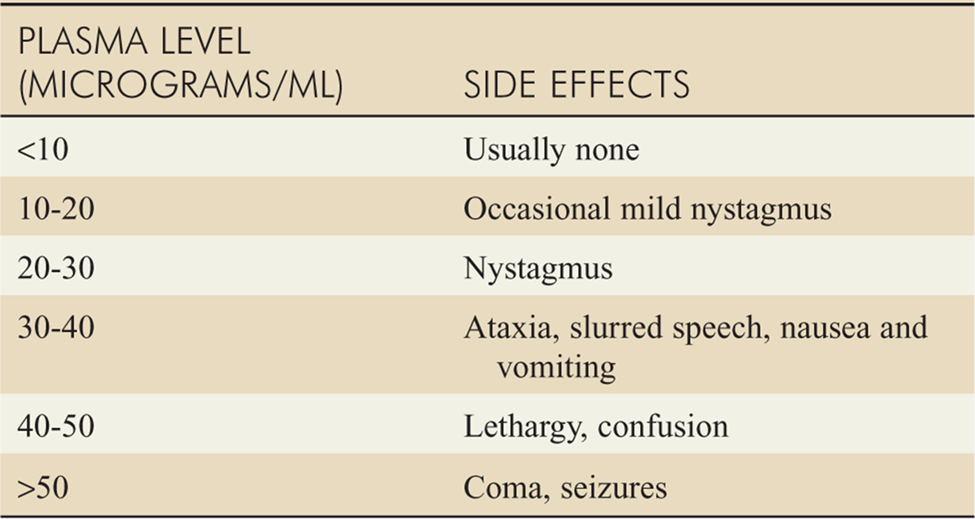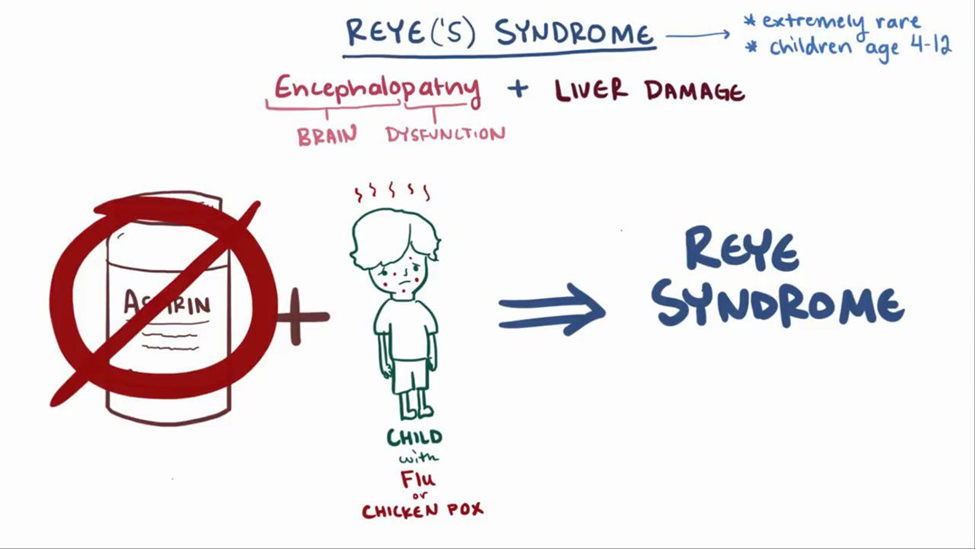The nurse is preparing to administer phenytoin to a patient who has a seizure disorder. The patient appears drowsy, and the nurse notes that the last random serum drug level was 18 mcg/mL. What action will the nurse take?
Administer the dose since the patient is not toxic
Contact the provider to discuss decreasing the phenytoin dose
Give the drug and monitor closely for adverse effects
Report drug toxicity to the providers
The Correct Answer is D
A. Administer the dose since the patient is not toxic.
This is not the appropriate action. With a drowsy patient and a high serum phenytoin level, there is a concern for toxicity. Administering the next dose could worsen the toxicity.
B. Contact the provider to discuss decreasing the phenytoin dose.
While adjusting the dose may be a consideration, the immediate action should be to withhold the next dose and report the elevated level to the healthcare provider. The provider can then determine the appropriate course of action.
C. Give the drug and monitor closely for adverse effects.
Giving the drug without further intervention is not appropriate when there are signs of potential toxicity, such as drowsiness. Monitoring alone is not sufficient in this case.
D. Report drug toxicity to the providers.
This is the correct choice. With a drowsy patient and a serum phenytoin level of 18 mcg/mL, which is considered high, reporting the drug toxicity to the healthcare provider is the immediate and appropriate action. The provider can then determine the next steps, such as adjusting the dose or ordering additional tests.

Nursing Test Bank
Naxlex Comprehensive Predictor Exams
Related Questions
Correct Answer is ["A","D"]
Explanation
A. Acetaminophen
Acetaminophen is a non-opioid analgesic that can be used for mild to moderate pain relief. It is suitable for managing pain associated with abrasions.
B. Aspirin
Aspirin is a nonsteroidal anti-inflammatory drug (NSAID) with analgesic and anti-inflammatory properties. While it can be used for pain relief, it may increase the risk of bleeding, and its use is generally avoided in acute injuries with bleeding.
C. Hydrocodone
Hydrocodone is an opioid analgesic and is typically reserved for moderate to severe pain. It may not be the first choice for managing pain associated with abrasions unless the pain is more intense.
D. Ibuprofen
Ibuprofen is a NSAID that provides analgesic and anti-inflammatory effects. It is suitable for managing pain and inflammation associated with abrasions.
E. Morphine
Morphine is a strong opioid analgesic and is generally reserved for severe pain, such as post-surgical pain or pain associated with more significant injuries. It may be excessive for managing pain from abrasions.
Correct Answer is D
Explanation
A. Aspirin has the potential to cause gastrointestinal (GI) bleeding in children.
While it is true that aspirin can cause GI bleeding, this is not the primary concern in this scenario. Reye's syndrome, a severe and potentially fatal condition, is the more significant worry when aspirin is given to children with viral infections.
B. Aspirin has the potential to cause hyperglycemia.
Hyperglycemia (high blood sugar) is not a known effect of aspirin in children. Aspirin is not typically associated with glucose metabolism issues.
C. Aspirin has the potential to cause ringing in the ears (tinnitus) in children.
Tinnitus can occur with aspirin use, but it is not the primary concern in this situation. Reye's syndrome is a more serious and immediate risk associated with aspirin use in children with viral infections.
D. Aspirin has the potential to cause Reye's syndrome in children.
This is the correct and most significant concern. Reye's syndrome is a rare but severe condition associated with aspirin use in children during or after viral infections. It affects the liver and brain and can be life-threatening.

Whether you are a student looking to ace your exams or a practicing nurse seeking to enhance your expertise , our nursing education contents will empower you with the confidence and competence to make a difference in the lives of patients and become a respected leader in the healthcare field.
Visit Naxlex, invest in your future and unlock endless possibilities with our unparalleled nursing education contents today
Report Wrong Answer on the Current Question
Do you disagree with the answer? If yes, what is your expected answer? Explain.
Kindly be descriptive with the issue you are facing.
